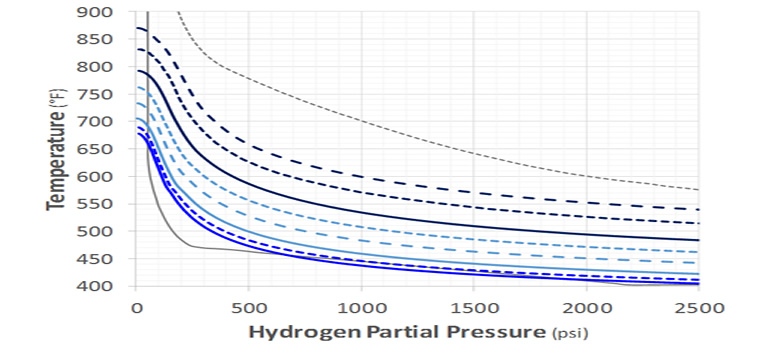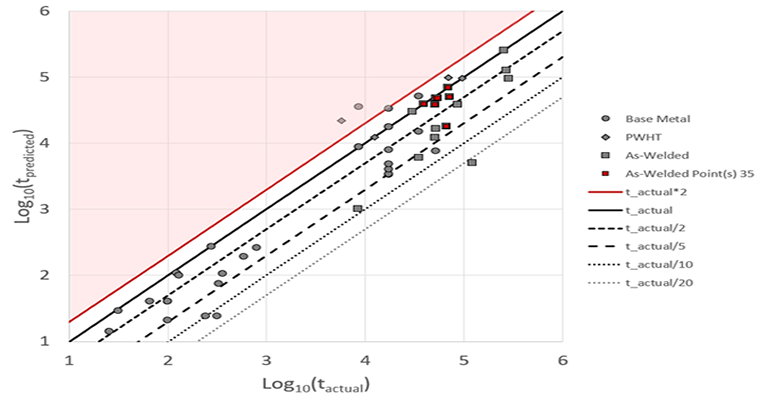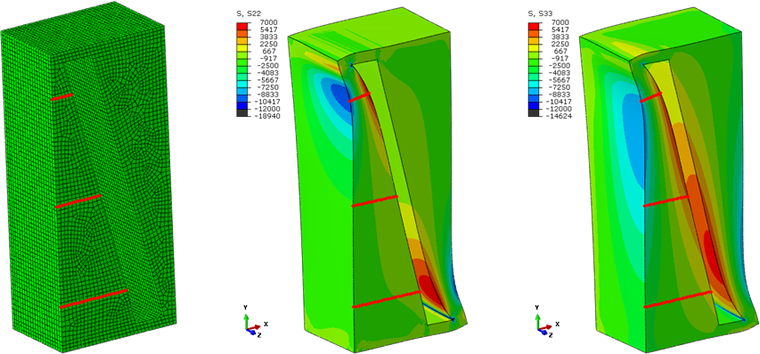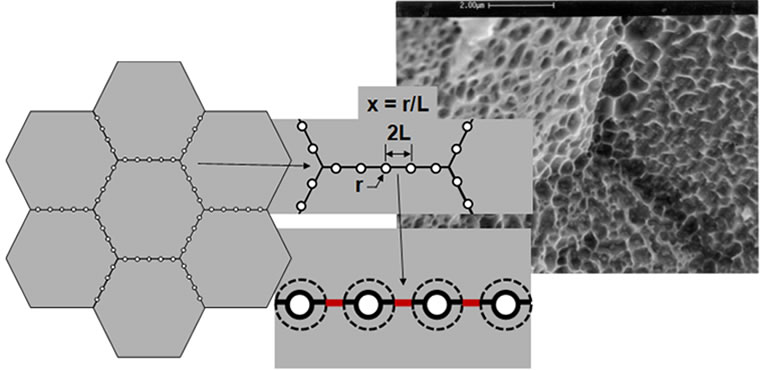CorrExpert®-Crude: Corrosion Prediction and Material Selection for Refinery Crude Corrosivity Applications
State-of-the-art Cloud-based Decision Support Model drives enhanced crude processing flexibility and unit mechanical integrity through accurate, simultaneous quantification of naphthenic acid and sulfidic corrosion Refinery Crude Unit operations, characterized by significant process complexities and crude blend / fraction assay properties, have traditionally remained an area where accurate asset integrity and life prediction have been difficult […]






